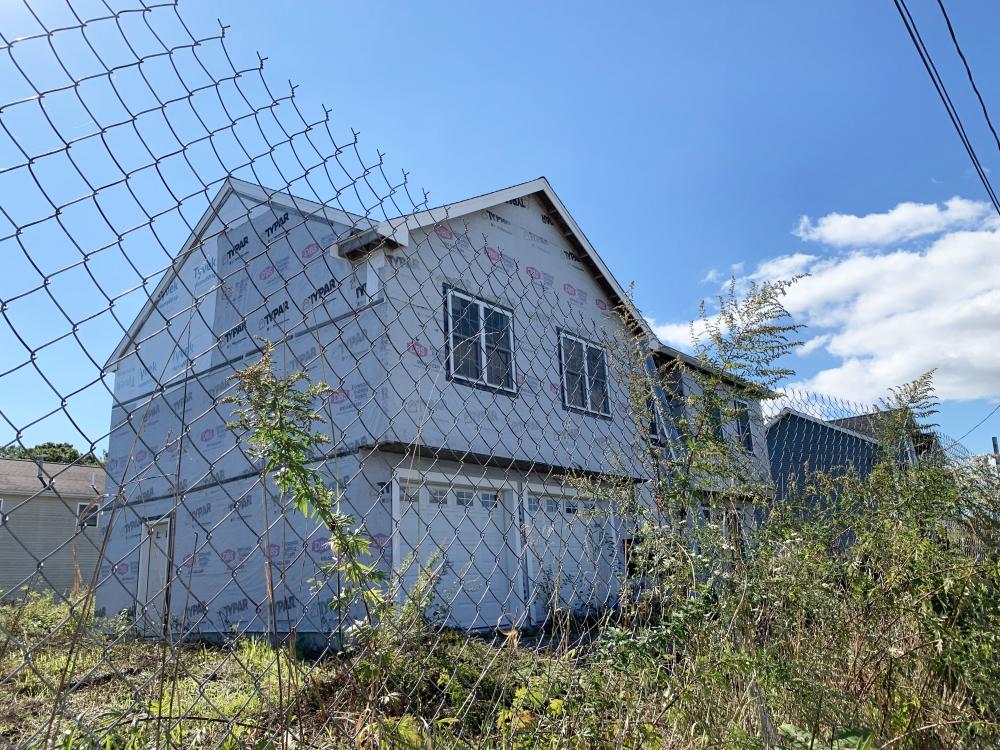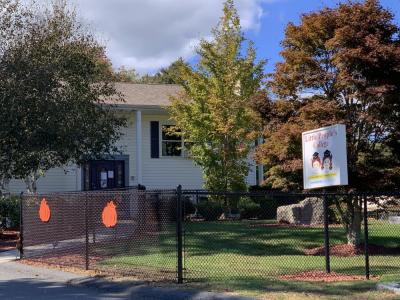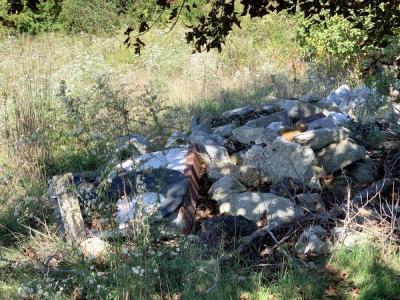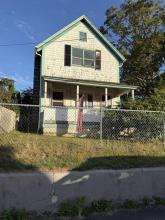Documents show past town officials were aware of Bliss Corner dumpings
Town officials had been alerted from various sources about ongoing dumping in Bliss Corner and its potential health hazards as early as the 1940s, according to records.
Although the town has rejected liability for the dumping of hazardous materials in the South Dartmouth neighborhood, residents and town officials expressed concerns as far back as 80 years ago about debris deposited in the area, according to Select Board minutes and archived letters.
“It has been brought to the attention of the Board of Selectmen that debris and garbage being dumped on Sharp Street has created a hazard to the health and safety of the community,” a letter from the Town Clerk to the Board of Health dated Aug. 20, 1942 reads.
Recently, the U.S. Environmental Protection Agency identified dangerously high levels of lead and polychlorinated biphenyls — also known as PCBs — at five properties in the neighborhood.
According to the agency, soil around 20 Bliss Corner properties have been found to be above the federal lead level and one exceeded the federal level for PCBs.
Town officials said Tuesday that they are currently looking into the issue.
The documents were collected by the town’s Board of Health in 2019 and submitted to the state’s Department of Environmental Protection as part of the agency’s investigation into the dumping in the South Dartmouth neighborhood.
The documents do not specify whether they are the five locations which the EPA plans to clean up through “removal action,” as the agency did not disclose the location of the properties.
The archived complaints also do not specify what was dumped, as complaints appeared to be residents upset with neighbors leaving junk outside, while others noted multiple persons dumping on private property.
According to Town Administrator Shawn MacInnes, the town has retained counsel and consultants and is “in the process of investigating and better understanding activities which were apparently conducted many years ago in the ‘40s and ‘50s through the ‘60s.”
In their response to the EPA, town officials, through Quincy-based attorney Roy P. Giarrusso, questioned where and when such dumping happened.
“In what timeframes are the disposals believed to have occurred?” the letter read.
Giarusso did not respond to a request for comment on the archived documents.
The archived Select Board minutes show that as early as April of 1941, then-Police Chief Clarence Brownell reported that he had received a complaint “with respect to the promiscuous dumping of debris in several areas in town.”
At that meeting, officials began work to establish town dumps in the north and south ends of town.
The next year, the Select Board was updated on the status of dumps found on McCabe Street — where PCBs, were first discovered by MassDEP in 2018.
They reported that a bulldozer “had been engaged and had finished leveling the dumps,” but urged further action.
“It is now recommended that soil be obtained to cover the dumps and that a fence be constructed to prevent further dumping,” the archived minutes read.
Similar steps have been taken after Little People’s College, located at 52 Donald St. was found to have an “imminent hazard” of contaminants in the soil in 2019.
Owner Kim Rego previously said the affected areas have either been fenced off or covered with a thick layer of pea stone or wood chips.
“We wanted to fix this right away,” she said.
In 1944, the board again voted to take action on “eliminating unnecessary and unsightly dumping areas which appear to be developing in the more thickly populated areas of the Town.”
To clean up the sites, the Board of Health suggested that Town Meeting members appoint a Board of Health agent to “specifically apprehend such persons” dumping in the neighborhood.
Despite the early cleanup efforts, debris and trash continued to be disposed of on private property.
Joseph Santos, who resided on Sheridan Street, appeared before the Select Board on April 8, 1946 to complain about the dumping.
Santos stated that he had previously offered town officials “names, addresses and license numbers” of people he had seen dumping on private properties in Bliss Corner.
“Santos said nothing has been done with respect to these complaints,” it read.
As with other complaints, officials agreed that “action is to be taken.”
In December of 1953, documents show the Board of Health requested the Select Board cooperate with an attempt to “remedy an unsightly and hazardous situation created by the accumulation of indiscriminate junk” on a property on Donald Street.
The board voted to “investigate the question with view of further consultation with the Board of Health at a later date.”
With the latest discovery of high levels of lead and PCBs at the five unidentified properties, the EPA plans to have contaminated soil kept contained until transportation and disposal is coordinated and completed. The agency will then restore the properties to their original conditions.
An EPA spokesperson said the agency will work closely with affected property owners, the neighborhood, municipal leaders and other parties to “ensure that EPA’s work is fully communicated to residents” during the upcoming months.
It is currently unclear who will bear the brunt of the cleanup cost and what that final cost will be.
This past April, MassDEP wrote that the agency “has reason to believe” that the town of Dartmouth “arranged for and/or otherwise caused the historic disposal of waste and fill material” at various Bliss Corner properties in the 1950s.
Officials rejected any liability from the Town of Dartmouth, insisting that the City of New Bedford should shoulder the responsibility.
In the letter, Giarrusso wrote that New Bedford was “known to have brought ‘ashes and tin cans’ among other waste into the Bliss Corner Neighborhood as fill.”
The town is “left to assume’’ that EPA “directed the content of this letter at the City of New Bedford’’ and “simply used that letter as a template for the letter directed at this Town.”
Although the city of New Bedford is also held to be responsible, MassDEP wrote that Dartmouth is potentially liable for these costs “regardless of the existence of any other liable parties.”
Despite the objection to its alleged liability, Giarusso wrote that the town is “appreciative of [the] EPA’s willingness and preparedness to address” the five properties in Bliss Corner.
“The Town and its residents are the victims in this instance, and the Town values the steps [the] EPA is proposing to take to help protect the health of the Town’s residents,” Giarrusso wrote. “As with MassDEP, the Town will certainly continue to cooperate with [the] EPA in communications and other general support to help the needed work go forward expeditiously.”
Copies of the archived minutes and letters are attached to this story.















